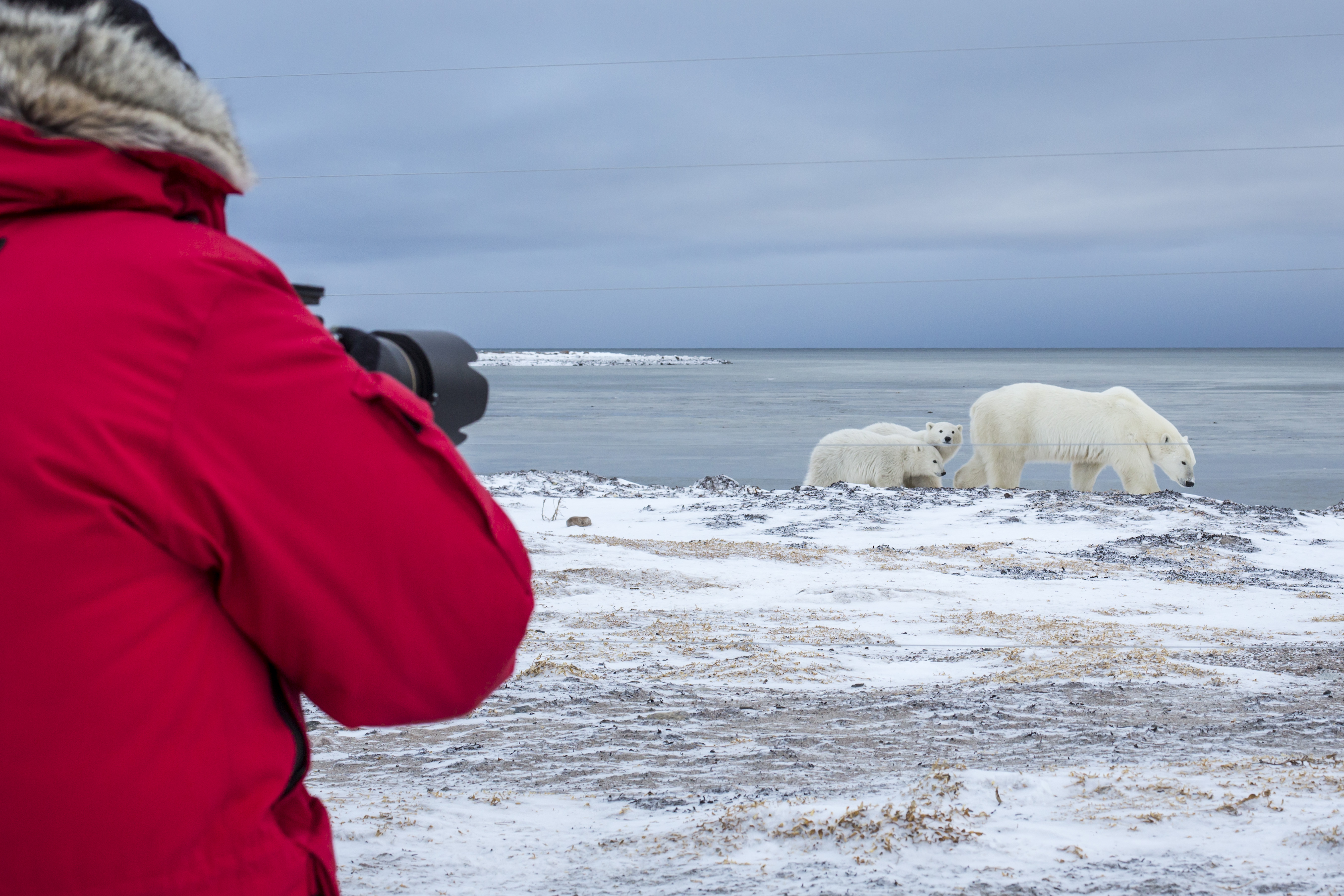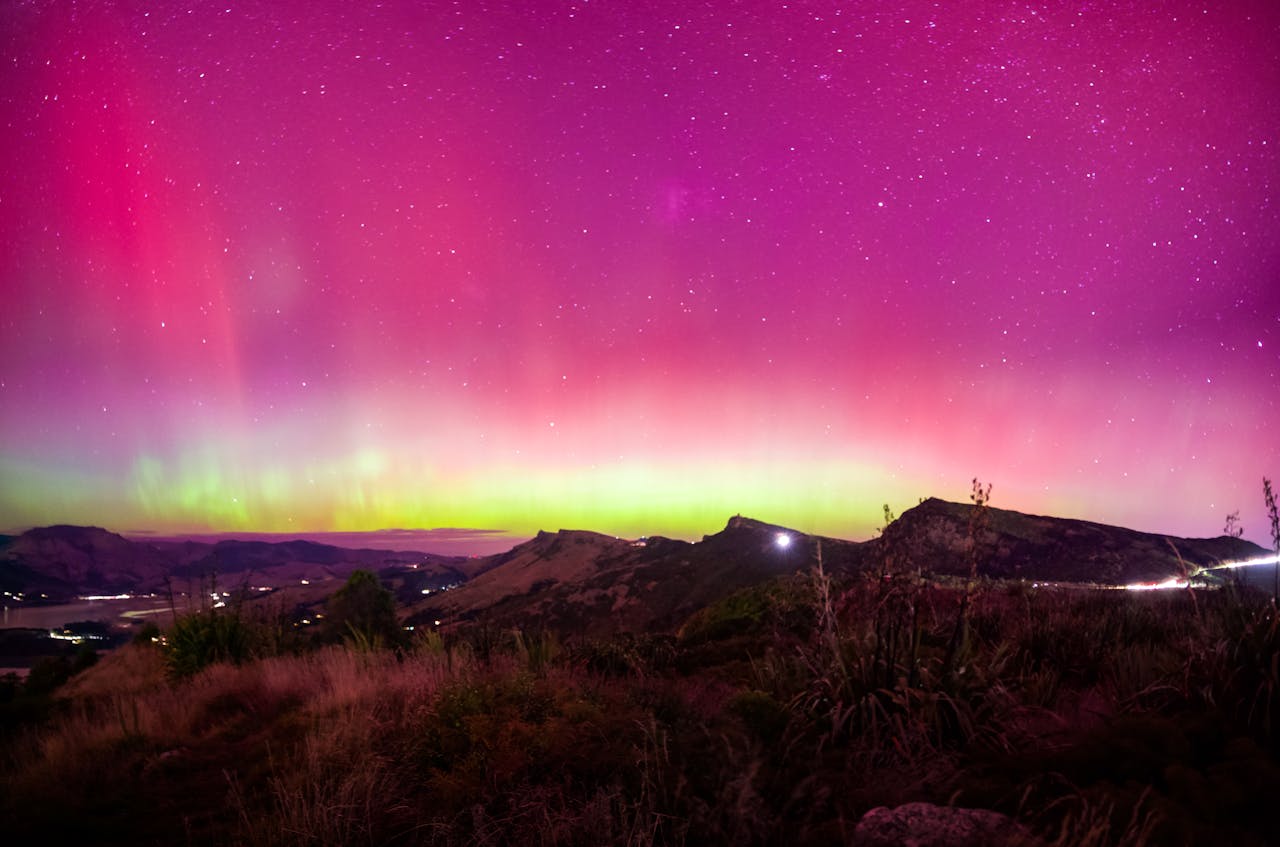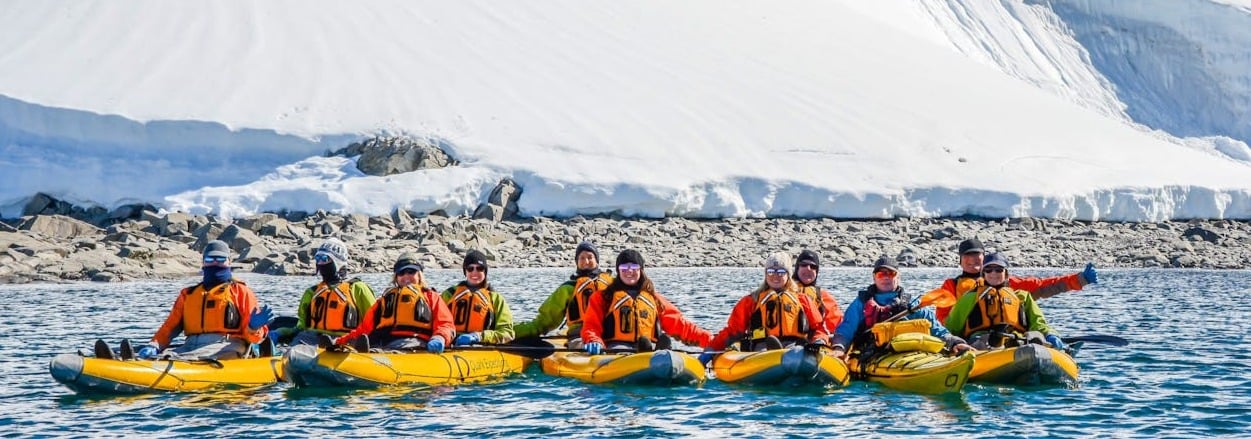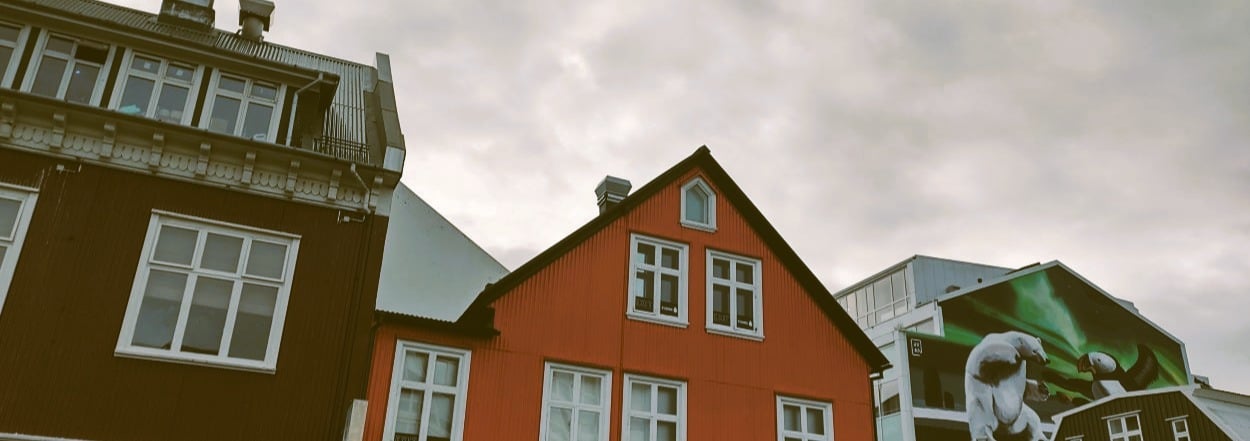Answering a distant call from some of the frostiest and most remote destinations on Earth, brave travelers brace for the cold every year to embark on a journey to the polar regions. Hundreds of miles may separate the Arctic in the north and the Antarctic to the south, but a visit to either of these chilly territories offers nearly identical experiences. With only a few minor distinctions that give each region its unique personality, read on to explore the different types of activities travelers can expect to participate in on their polar trip.
Geographical Location and Peak Season
It’s a rather obvious fact that the Arctic and Antarctic are in opposite hemispheres, but this distinction affects the time of year in which travelers would go. The summer months in the Antarctic fall from October to April, and because of its freezing and isolated nature, it is impossible to visit outside of this window. On the contrary, summer in the Arctic is May to October. For some travelers, the time of year they travel may not be all that important, but for others, it can be a deciding factor; it’s something to keep in mind as these adventurous spirits look to book a trip.
Wildlife Viewing
Part of the allure of visiting a polar region is witnessing the native wildlife in their natural habitats. This is a common activity in both the Arctic and Antarctic areas, and travelers can expect to hike to isolated terrains or kayak in the water for an up-close view of marine life. Birdwatching, boat tours and photography excursions are some of the other ways travelers can interact with the surrounding landscape.

Evidently, because of the difference in location, each destination boasts its own unique set of creatures, another factor to consider when planning a polar trip. The Arctic offers sights of polar bears, humpback whales, belugas, blue whales and on occasion, narwhals and orcas. However, this region is better known for its land animals, as the terrain houses reindeer, Arctic foxes, musk oxen and the adorable puffin.
The Antarctic wildlife, on the other hand, is much more marine-based, especially considering the prominence of penguin colonies in the Weddell Sea and the Falklands. Leopard and southern elephant seals make frequent appearances in the Antarctic in addition to some species of whales and deep-sea fish.
Land Experiences
Considering the odds travelers will ever encounter a terrain as rare as what is found in the Artic and Antarctic regions, getting out and exploring is the best way to experience the polar landscape. The options are truly endless, though most of them favor extended periods of time outside. Hiking, snowshoeing, backcountry skiing and other winter-adjacent sports are popular, but camping, ice-fishing and relaxing in the hot springs are less intensive alternatives. Travelers up to braving the cold-water temps can try their hand at kayaking around icebergs, scuba diving and stand-up paddleboarding.

The Arctic and Antarctic offer similar onshore experiences, though travelers hoping to catch a glimpse of a certain mesmerizing light show should beware that the appearance is impacted by geographic location. The aurora borealis, or the Northern Lights, is best seen in the Arctic, specifically Iceland, Greenland, Northern Norway, Alaska and the Swedish Lapland. Here, the lights tend to lean green and white with blue hues. The Southern Lights, or aurora australis, appear more green and pink with red-purple hues in places such as Stewart Island, New Zealand; Punta Arenas, Chile; and Antarctica.
Cultural Immersion
Thanks to recent efforts spreading awareness about native cultures and sustainable travel, many people are knowledgeable about the indigenous communities in polar regions. The Inuit are likely the group most familiar to travelers, as they are the most widespread, living along the coastlines of Arctic Russia to Canada and Greenland. The Sámi, Yupik, Inupiat and Chukchi are other examples of prominent indigenous groups.
To become properly educated about these communities, visitors are encouraged to seek out dedicated cultural centers during their time in polar destinations. Places such as the Alaska Native Heritage Center in Anchorage, the Sámi National Museum in Karasjok, Norway or the Rakiura Museum on Stewart Island, New Zealand, strive to teach and debunk misconceptions guests may have about indigenous history and their current state of living. Interacting with and learning about local cultural practices is a great way for travelers to fully soak in all that the Arctic and Antarctic regions have to offer, and a little extra world knowledge is never a bad thing.






comments